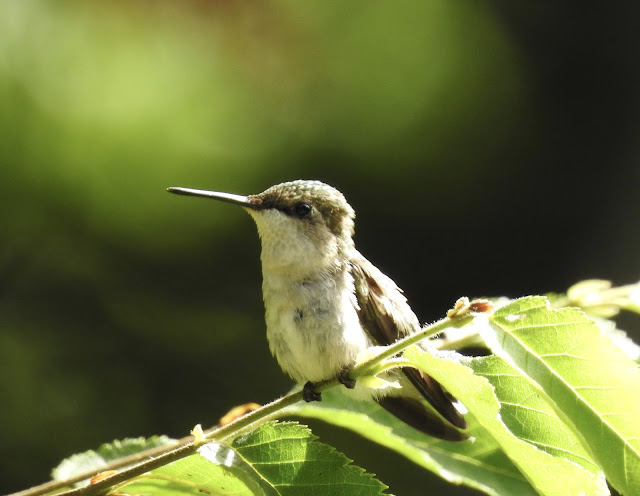Our Most Beautiful Wildflower
 |
| Cardinal Flower |
Naming our most beautiful wildflower would be a tough call because we have so many beautiful ones. In my opinion, however, the Cardinal Flower (Lobelia cardinalis) is the most beautiful. For me it earns this award because of its gorgeous deep cardinal red. Some call it scarlet but it is really deeper than that and cardinal red is the perfect descriptor. It is too bad that many have not seen this flower.
 |
| Cardinal Flower |
The Cardinal Flower grows along streams and damp meadows in late summer. It prefers calcareous soils so is found mostly in the southwestern part of the province. We found this plant recently in the Spednic Lake Protected Nature Area while participating in the Biota sponsored in that area by the New Brunswick Museum. I have seen this plant rarely before so delighted in its presence and its beauty.
 |
| Cardinal Flower |
The Cardinal Flower shows many flowers in an elongated cluster. Each flower is about 3.8 cm or 1.5" long. The flower is irregular looking, having 2 partly-fused petals on top and 3 fused petals below. The stamens are fused, making a long tube which extends beyond the petals. The style (female part) is within the tube formed by the fused stamens. The pollen shows white at the end of the tube, giving a lovely contrast to the brilliant red petals. Below the flowers on the stem are many bracts. Below them are the leaves which are 2.5 to 9 cm long (1-3.5"). When these flowers are found along a stream bed, contrasted by the many greens and pale yellows of grasses and sedges and also contrasted by the black rocks of stream beds, it is wonderful sight, as shown below.
 |
| Cardinal Flower |
Cardinal Flowers belong to the Campanulaceae family. They are poisonous because they contain lobeline, a piperidine alkaloid. So, these plants are best left right where they are growing. Admire them from a distance or enjoy them from a photograph.
An interesting feature of this flower is that they cannot be fertilized (or not easily) by insects. The stamens being fused in a long tube make it difficult for insects to reach the style to fertilize the flowers. So, guess what fertilizes them? Hummingbirds! Here in NB they are fertilized by Ruby-throated Hummingbirds. What an interesting relationship between them. No wonder our hummingbirds like red! They are evolutionarily programmed to seek out red and thus fertilize the Cardinal Flowers. How interesting nature is!
 |
| Ruby-throated Hummingbird Female |
The above photo shows a female Ruby-throated Hummingbird who is responsible for fertilizing the Cardinal Flowers.





